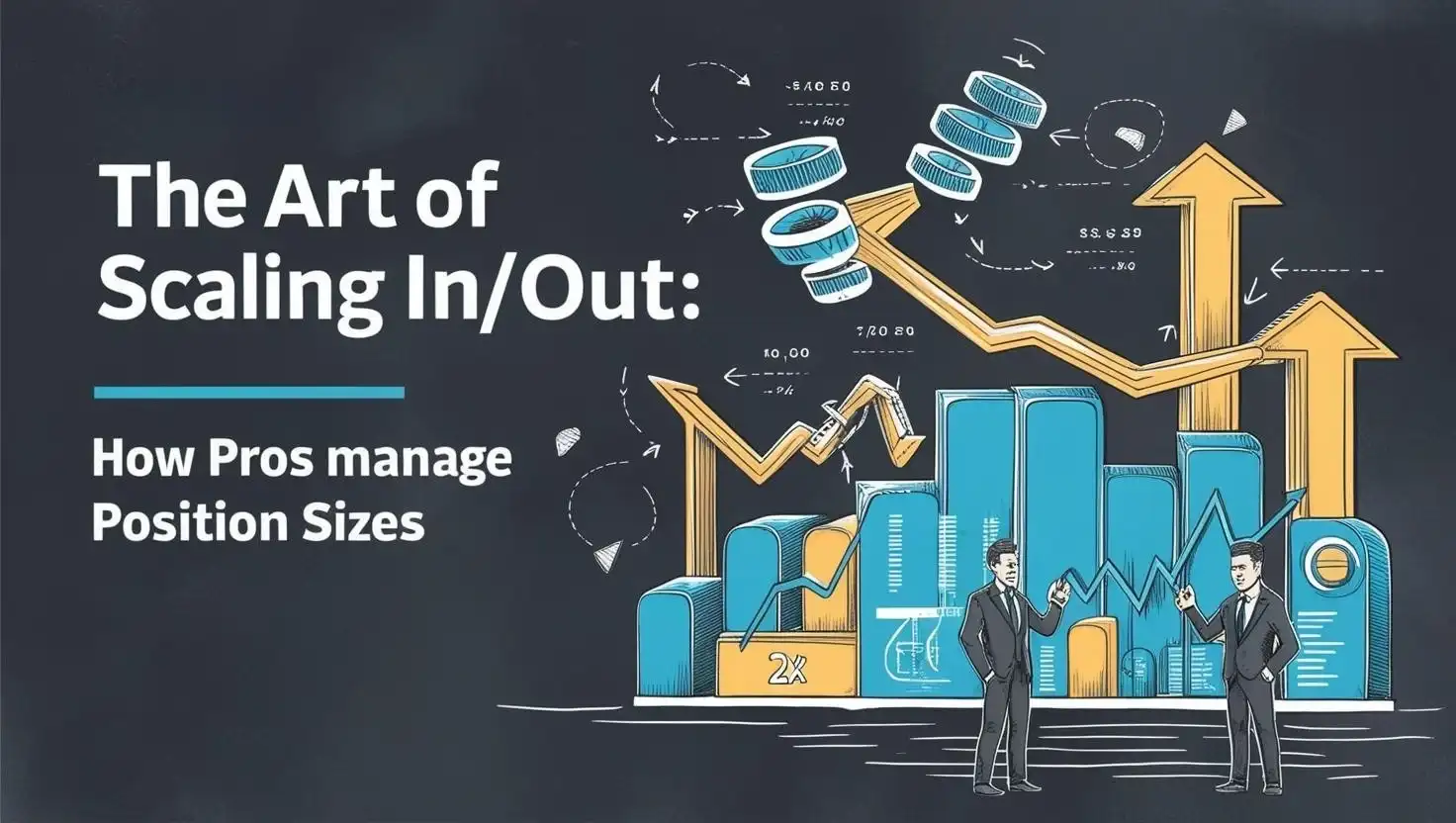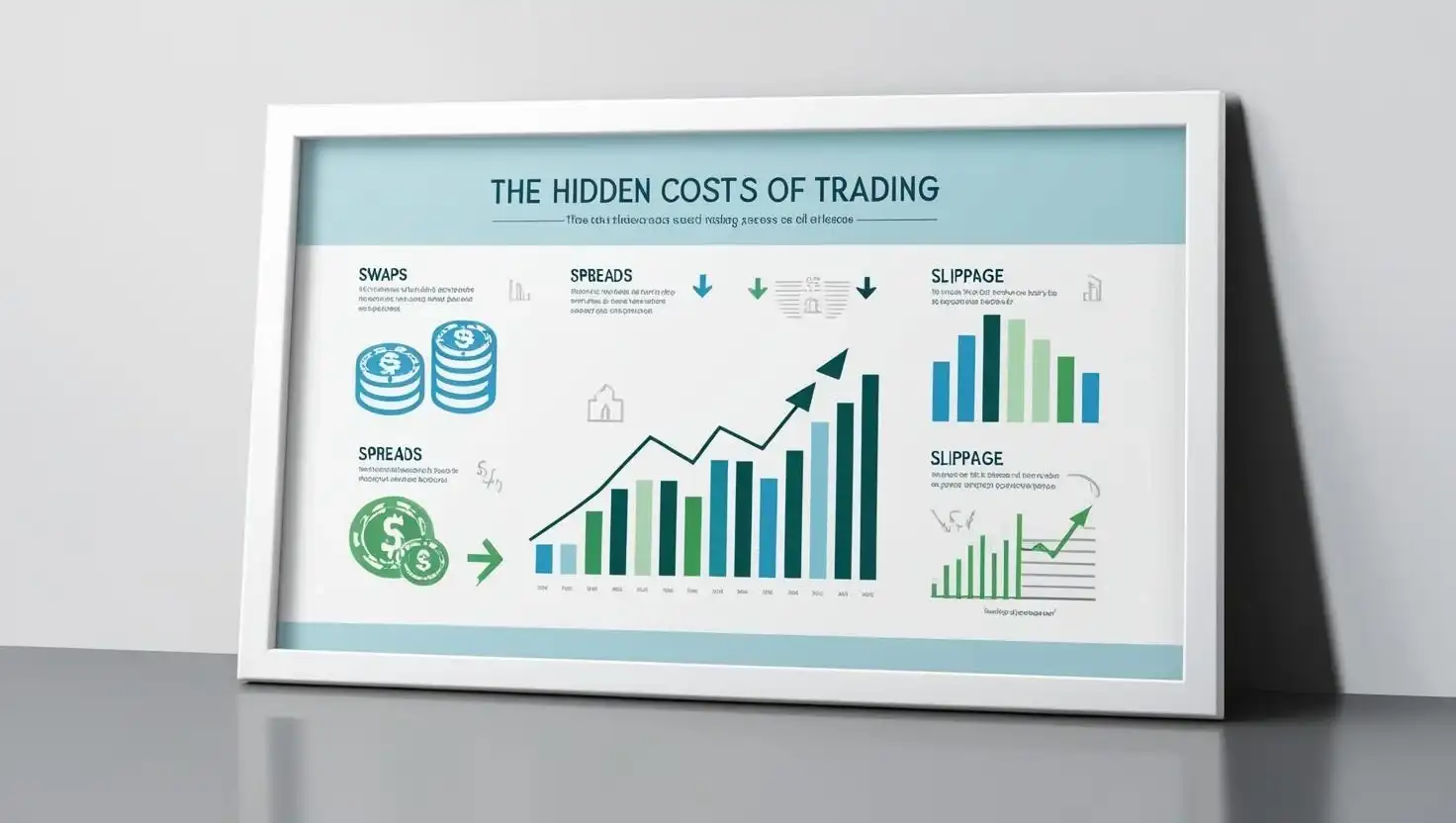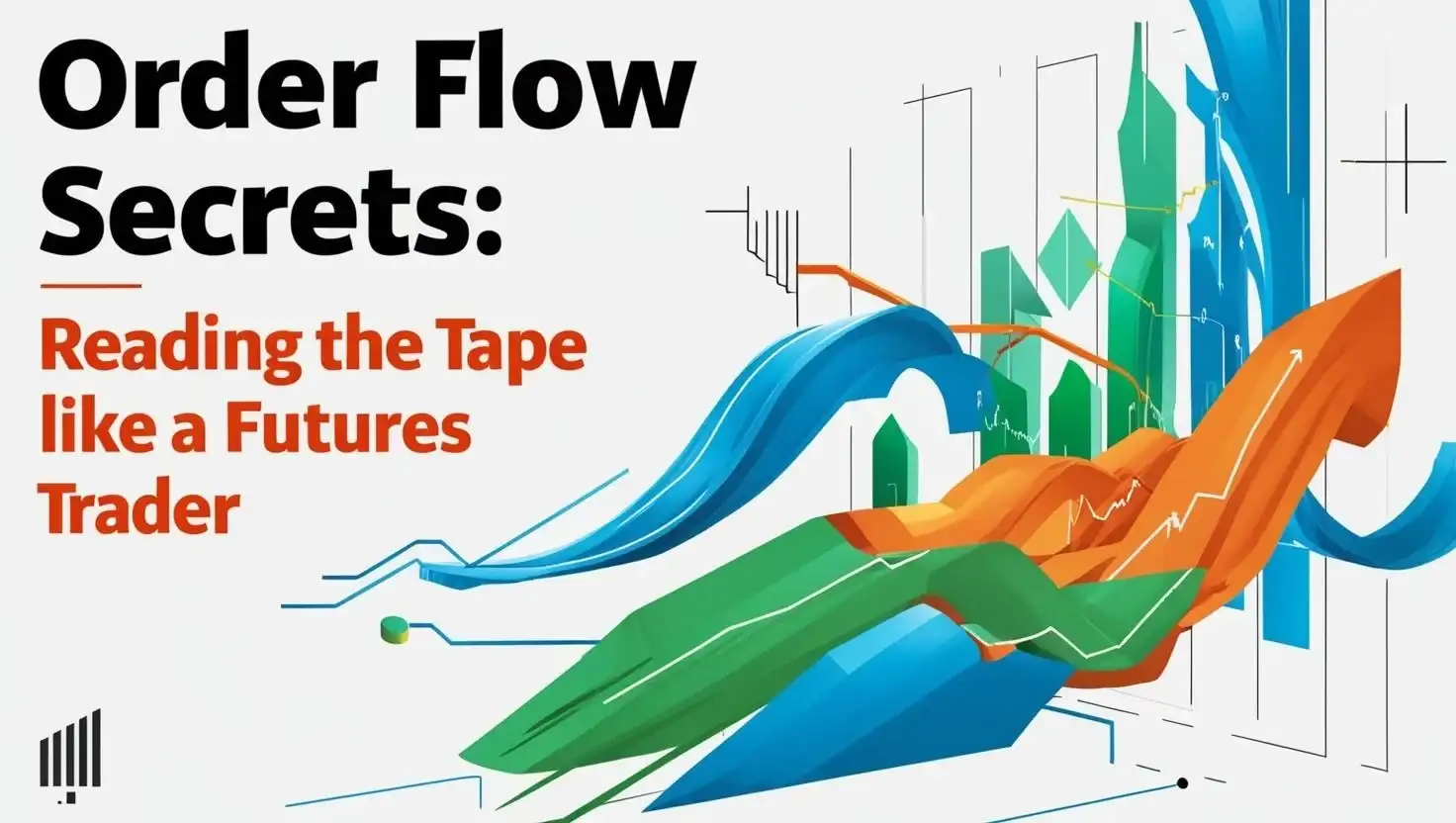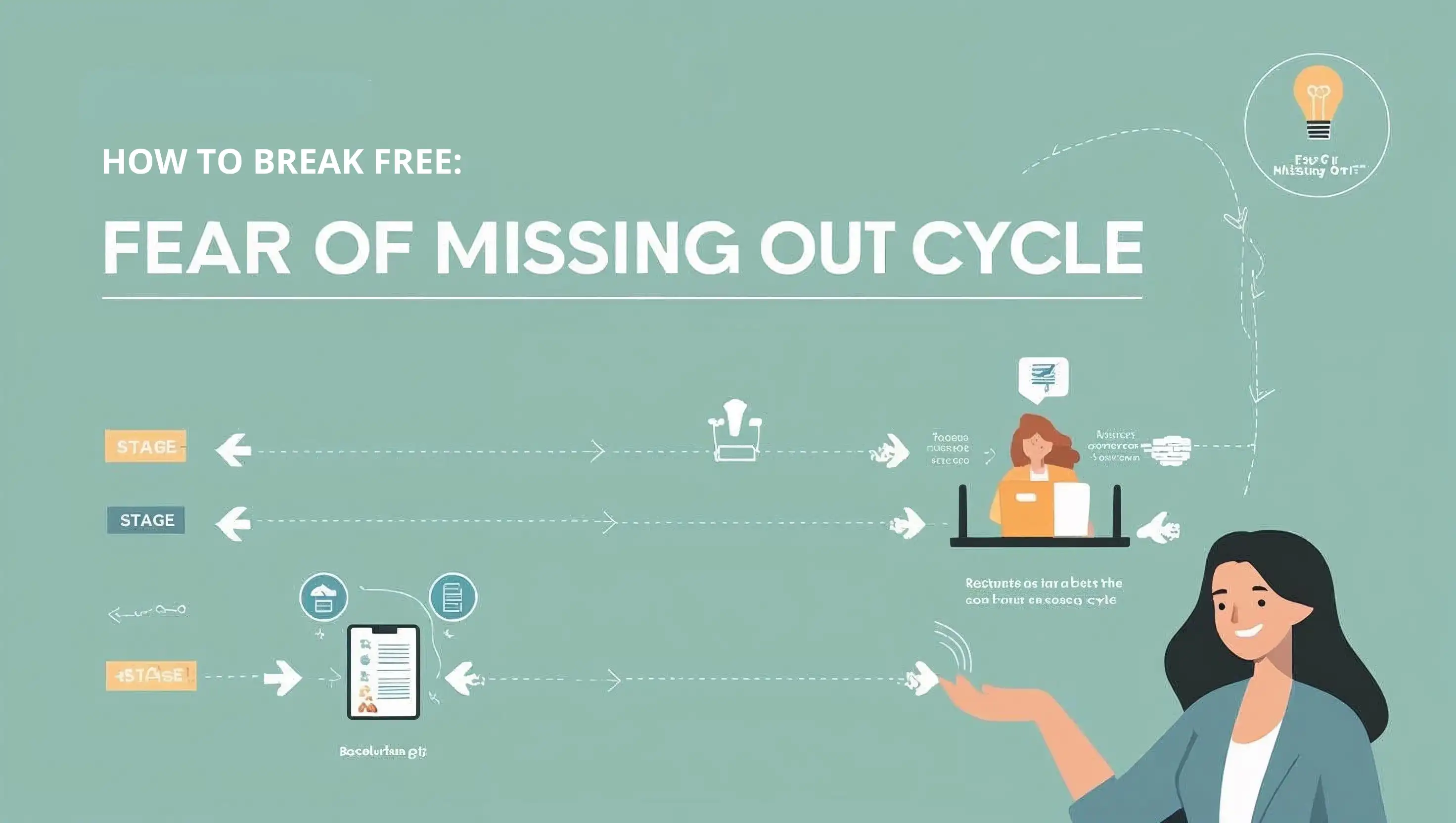How Experts Balance Risk and Reward Through Strategic Position Management
Scaling in and out of trades is less a mechanical strategy and more a high-wire act—a thrilling dance where greed and discipline tango in the spotlight of market chaos. Beginners often stumble, throwing their entire stack into a single entry like a gambler at a roulette table. But the pros? They've mastered the subtle art of position sizing through scaling, turning it into a superpower that tames volatility and stacks gains over time. This isn't just about surviving the market's wild swings—it's about thriving in them.
In this guide, we'll peel back the curtain on the mechanics, psychology, and mathematics of scaling, showing you how the big dogs transform partial entries and exits into a sustainable, profit-churning edge. Buckle up—it's going to be a wild, enlightening ride.
Key Takeaways
Scaling In: Amplifies your winners but demands razor-sharp timing and ironclad risk control.
Scaling Out: Locks in profits while letting part of your trade chase the stars.
Emotional Balance: Pros use scaling to tame FOMO and FOLO, adapting to the market's mood swings.
Rules Are King: Without strict metrics, poor scaling can turn a champ into a chump.
Why Scaling Matters: The Edge You Didn't Know You Needed
Picture this: You're in a trade, and it's going your way. Do you double down or cash out? Scaling in—gradually building your position—lets you amplify your winners without betting the farm upfront. Scaling out—exiting in chunks—locks in profits while leaving room for the trade to soar. It's a balancing act that keeps emotions in check, whether it's the fear of missing out (FOMO) or the dread of losing out (FOLO).
Pros don't just wing it—they lean on hard rules and cold metrics. Because here's the kicker: Poor scaling can flip a golden trade into a gut-punching loss faster than you can say "margin call." Let's break it down.
1. Scaling In: The Art of Building a Position
What's Scaling In All About?
Scaling in is like planting seeds in a garden—you don't dump the whole packet in one spot and pray for rain. Instead, you sprinkle them gradually, adding more as the soil proves fertile. In trading, this means entering a position bit by bit as the market validates your hunch.
It's counterintuitive—why not go all-in if you're so sure? Because certainty is a myth in markets, and scaling in demands both swagger in your thesis and an iron grip on risk.
When to Scale In
Timing is everything. Pros don't just toss darts—they wait for the market to wink at them first. Here's when they pounce:
Trend Confirmation: The price smashes through a key resistance level, and volume roars like a crowd at a rock concert. That's your green light.
Pullback Opportunities: In a raging uptrend, a dip to a support zone (say, a 50% Fibonacci retracement) is like a sale at your favorite store—time to buy more.
Fundamental Catalysts: A blockbuster earnings report or a game-changing Fed announcement lands, backing your gut with cold, hard facts.
Scaling-In Strategies to Steal
Pyramiding: Start small, then pile on as the trade proves itself. Imagine buying one lot of a stock at $100. It climbs to $105, and you grab two more. At $110, you snag three. Your position grows with the trend, not against it.
Fixed Fractional: Allocate a steady slice of your capital—say, 1% per entry, capping total risk at 5%. It's disciplined, predictable, and keeps you from going overboard.
Volatility-Based: Let the market's pulse guide you. Using the Average True Range (ATR), you add to your position only when price moves a full ATR in your favor—like waiting for the tide to rise before setting sail.
Case Study: Paul Tudor Jones' Volatility Play
Legendary trader Paul Tudor Jones doesn't just scale in—he orchestrates it like a maestro. His "stepped volatility" approach waits for momentum to hit predefined thresholds before adding to a position. Take his iconic 1987 Black Monday haul: As the market cratered, he didn't leap in blindly. He scaled into shorts incrementally, letting each volatility spike confirm the crash's fury. The result? A windfall that cemented his name in trading lore.
2. Scaling Out: The Science of Locking in Profits
What's Scaling Out?
Scaling out is the trader's version of eating your cake and keeping it too. You exit a trade in stages—cashing in profits while letting a piece of the action ride for bigger gains. It's the cure for that soul-crushing moment when you sell too early, only to watch the price rocket without you.
When to Scale Out
Pros don't guess—they read the room. Here's when they start peeling off profits:
Target Zones: Price nears a technical ceiling, like a Fibonacci extension or a stubborn resistance line. Time to take some chips off the table.
Sentiment Shifts: Volume fizzles, or indicators like RSI or MACD flash warning signs of exhaustion. The party's winding down—grab your coat.
Risk Events: An earnings call, Fed rate decision, or geopolitical curveball looms. Why gamble when you can bank some gains first?
Scaling-Out Strategies to Master
50-30-20 Rule: Sell 50% at your first profit target, 30% at the next, and let 20% chase the moon. It's a no-fuss way to blend caution and ambition.
Trailing Stops: Slide your stop-loss behind the price like a shadow, cashing out slices on pullbacks. It's dynamic and keeps you in the game.
Time-Based Exits: For swing traders riding a multi-month trend, selling 25% weekly keeps the profits flowing without killing the vibe.
Case Study: Linda Raschke's Reward-to-Risk Magic
Linda Raschke, a trading titan, swears by her "3:1 Reward-to-Risk" scaling playbook. She'll close a third of her position when the trade hits 1x her risk, another third at 2x, and let the final third run wild—sometimes indefinitely. It's a brilliant mashup of locking in gains and swinging for the fences, proving you don't have to choose between safety and glory.
Scaling as a Lifestyle
Scaling isn't just a tool—it's a way of life. It trains you to think in probabilities, bow to uncertainty, and savor the slow grind of progress. Whether you're trading forex on Deriv's MT5, flipping crypto, or riding SPX options, the recipe holds: Start small, validate your edge, compound smartly, and protect your stack.
Platforms like Deriv Bot can even automate your scaling rules, stripping emotion from the mix. At the end of the day, the market doesn't give a damn about your brilliant thesis—only your risk management. Scale wisely, and you'll dance through the chaos while others trip over their own feet.
For Deriv users, leverage platforms like MT5 and Deriv Bot to automate scaling rules, removing emotion from the equation. Remember: The market doesn't care about your thesis—only your risk management.



